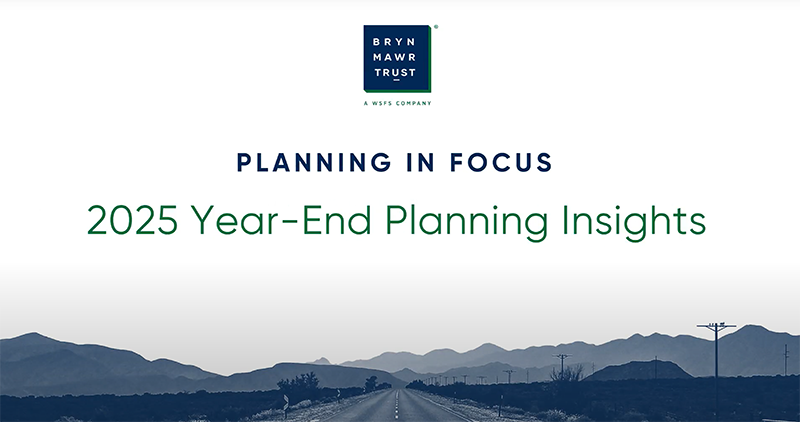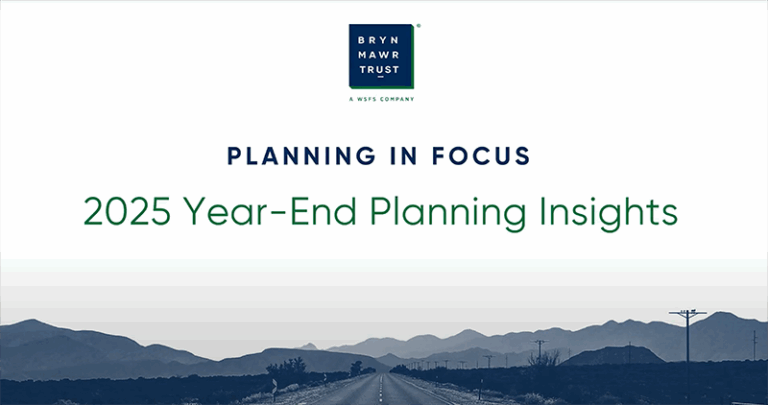Effective Risk Management Strategies for Investors

Investing is a great way to generate wealth, but it can be risky. Most of us have heard the phrase “no risk, no reward,” however, all investments bear some risk.
The good news is there are several strategies investors can use to help manage that risk while being rewarded. Having a clear understanding of five risk management strategies can minimize losses and maximize gains for many investors.
- Know Your Time Horizon: Asking questions like, when will I need to access the funds? Am I saving to purchase a home in the near-term, or am I saving for retirement over the next 15 to 30 years? For example, a 30-year-old saving for retirement has a longer time horizon than a 50-year-old. As a result, they can take more investment risk by having a higher allocation to equities (stocks) and a lower allocation to bonds. However, the 50-year-old would have less time to recover losses and may want less exposure to equities.
- Determine Your Risk Tolerance: It is great when an investment appreciates, but based on behavioral finance, which looks at the influence of psychology on the behavior of investors, investors dislike losses more than they like gains. Ask yourself, how would I feel if my $500,000 investment dropped to $400,000 (a 20% drop)? If you do not feel comfortable with this type of market volatility, it’s important to create a more conservative risk profile with more exposure to bonds and less exposure to equities.
- Asset Allocation: This is how much an investor allocates to different assets (also known as asset classes) and is driven by your time horizon and risk tolerance. The three main asset classes are equities, fixed income (bonds), and cash and equivalents. Each asset class behaves differently, with equities being the riskiest and the most rewarding. Having the right asset allocation is a major driving force for risk management and should be outlined in an Investment Policy Statement that provides a framework for your financial goals.
- Diversification: Many of us have heard the term “don’t put all your eggs in one basket,” which in its basic form refers to spreading investments across different sectors, asset classes and geographical regions. However, diversification is not just about owning more stocks. Investors should also consider how their investments move with one another (which is known as correlation). For example, alternative investments such as real estate and commodities are not correlated with stocks and bonds and typically do not move in the same direction at the same time, therefore helping reduce risk. Having a diversified portfolio is essential to risk management.
- Review and Monitor: Once these strategies above are in place, it is crucial to monitor your portfolio for effective risk management. As market conditions change, it is common for the asset allocation of your investments to change as well. For example, if the equity market has outperformed over the past year, you may need to rebalance your portfolio by selling a portion of equities to bring the asset allocation back in line with your target weightings to reduce market risks.
While it is impossible to eliminate risk, developing an effective risk management strategy can help protect you against investment risk and substantial losses. By incorporating these strategies, you can find the appropriate balance between risk and return and be prepared for anything that comes your way.
Begin your journey
Have questions?
Speak with an financial expert.






